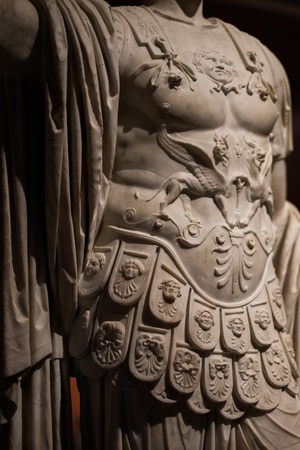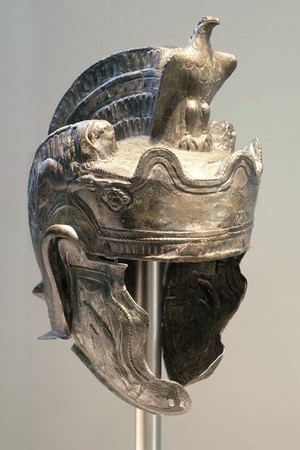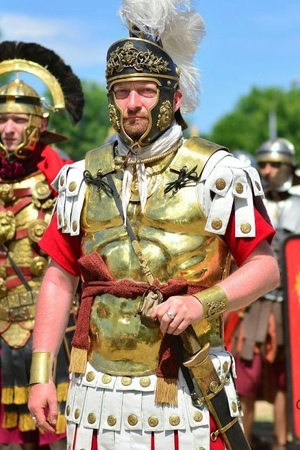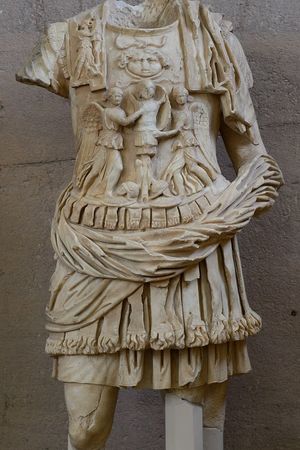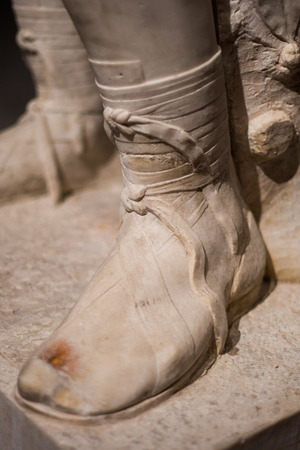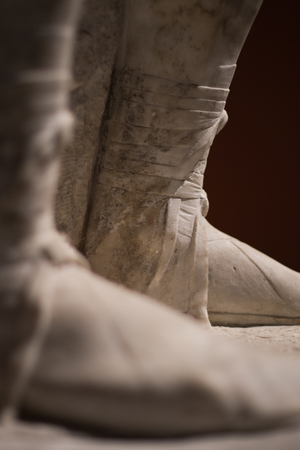Legate
A legate (from Latin legatus, legare — "to prescribe, appoint, delegate") is a type of senior officer in the Roman army, the commander of a legion. Originally, this term referred to Roman envoys sent to other states and tribes, acting there as diplomats.
In addition to legates, there were other senior officers who performed similar functions and were responsible for the strategic and tactical actions undertaken by the legion on the battlefield. If we draw parallels with the modern army, their functions were similar to those of modern generals, and unlike middle and junior officers, they themselves no longer participated in the battle on the field.
Senior officers:
- Legatus Augusti pro praetore — commander of two or more legions. The imperial legate also served as the governor of the province where the legions under his command were stationed. The imperial legate had to come from the senatorial class and was appointed by the emperor himself. Typically, this position was appointed for a term of 3-4 years.
- Legatus Legionis — commander of a legion. The emperor usually appointed a former tribune to this post for 3-4 years, but depending on the circumstances, the legate could hold his post much longer. In provinces where a legion was stationed, the legate also served as a governor. If several legions were located in one province, each of them had its own legate, and they were all under the overall command of the governor of the province.
- Tribunus Laticlavius. The tribune was appointed to the legion by the emperor or the senate. Usually, he was young and had less experience than the five military tribunes (Tribuni Angusticlavii). Such appointments were political in nature and were made to promote someone up the career ladder. This position was the second in seniority in the legion, right after the legate. The name of the position comes from the word "laticlava", which means two wide purple stripes on the tunic, which were assigned to senators.
- Praefectus Castrorum — the third in seniority post in the legion. Typically, this was the most experienced of the commanders, as this position was most often held by a promoted veteran who had previously served as a centurion. Usually, the primipil became a prefect. It is assumed that the equipment of the camp prefect differed significantly from the other senior officers and was closer to the centurion's than to the legate's.
- Tribuni Angusticlavii: each legion had five military tribunes from the equestrian class. Usually, these were professional soldiers who held high administrative posts in the legion. During combat, they could command separate units, and if necessary, the entire legion. They were entitled to tunics with narrow purple stripes (angusticlava), from which the name of the position comes.
 Hierarchy diagram within the Legion
Hierarchy diagram within the Legion
Equipment
Senior officers, with the exception of the camp prefect, had similar equipment, which greatly differed from the equipment of ordinary soldiers and junior/middle officers. As an example, one can take the statue of Marcus Holconius Rufus, which was found at the intersection of the two main streets of Pompeii - Abundance, running through the city from east to west, and Stabiae Cardo. Marcus Holconius held important state positions in Pompeii, served as a priest of Augustus (sacerdos Caesaris Augusti). From many inscriptions related to him, his career can be reconstructed. He was a military tribune, five times a duumvir with judicial powers (duovir iure dicundo), twice a duumvir re-elected every five years (duovir lure dicundo), and a patron of the colony (patronis colonia - the highest municipal military position). The statue depicts him as a senior officer.
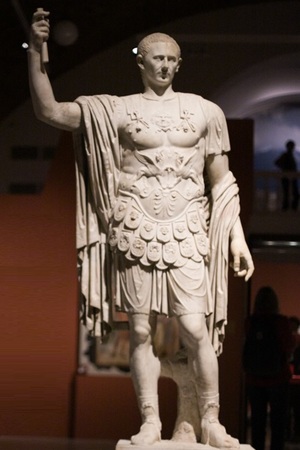 Mark Golconius Rufus of Pompeii. National Archaeological Museum of Naples, Inv. no. 6233. First half of the 1st century.
Mark Golconius Rufus of Pompeii. National Archaeological Museum of Naples, Inv. no. 6233. First half of the 1st century.As with most such statues, the statue of Marcus Holconius Rufus can highlight the following items of equipment:
- Lorica Musculata. Unlike centurion musculatas and muscular loricas of the Republic times, it was more richly decorated with embossing.
- Subarmalis. Also had many decorations on it, possibly metallic - cast.
- Cinticulus - a fabric wrap around the lorica musculata. A status symbol of legates and senior officers.
- Paludamentum -an officer's cloak.
- Parazonium - a specially decorated sword, often depicted with a handle in the form of an eagle.
- Calcei - classification to this type of footwear is quite conditional. Most statues of legates have very pompous footwear, with metallic embossed or cast decorations.
It is also assumed that senior officers could wear helmets of a special type, decorated with longitudinal crests.
Related topics
Legion, Centurion, Legion's standard group, Lorica Musculata, Paludamentum, Tunic, Calcei, Parasonium
Literature
Legates, among the Romans // Encyclopedia of Brockhaus and Efron : in 86 volumes (82 volumes and 4 additions). - St. Petersburg, 1890-1907.

 Gallery
Gallery







 Statue of Marcus Goconius Rufus
Statue of Marcus Goconius Rufus






 Mark Golconius Rufus of Pompeii. National Archaeological Museum of Naples, Inv. no. 6233. First half of the 1st century.
Mark Golconius Rufus of Pompeii. National Archaeological Museum of Naples, Inv. no. 6233. First half of the 1st century.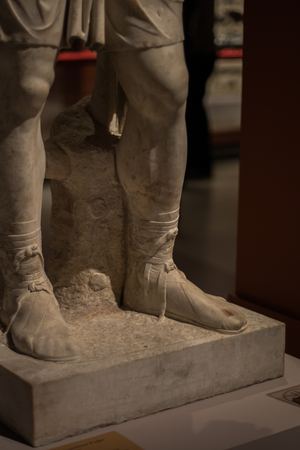 Mark Golconius Rufus of Pompeii. National Archaeological Museum of Naples, Inv. no. 6233. First half of the 1st century.
Mark Golconius Rufus of Pompeii. National Archaeological Museum of Naples, Inv. no. 6233. First half of the 1st century.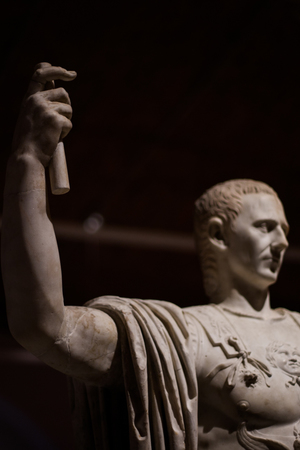 Mark Golconius Rufus of Pompeii. National Archaeological Museum of Naples, Inv. no. 6233. First half of the 1st century.
Mark Golconius Rufus of Pompeii. National Archaeological Museum of Naples, Inv. no. 6233. First half of the 1st century.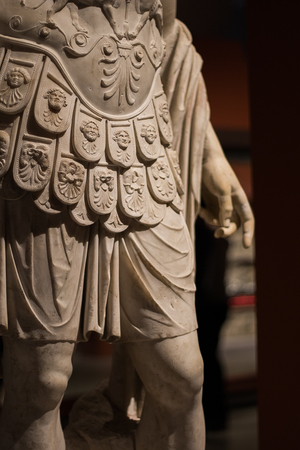 Mark Golconius Rufus of Pompeii. National Archaeological Museum of Naples, Inv. no. 6233. First half of the 1st century.
Mark Golconius Rufus of Pompeii. National Archaeological Museum of Naples, Inv. no. 6233. First half of the 1st century.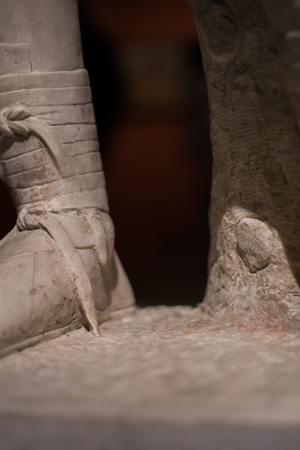 Mark Golconius Rufus of Pompeii. National Archaeological Museum of Naples, Inv. no. 6233. First half of the 1st century.
Mark Golconius Rufus of Pompeii. National Archaeological Museum of Naples, Inv. no. 6233. First half of the 1st century.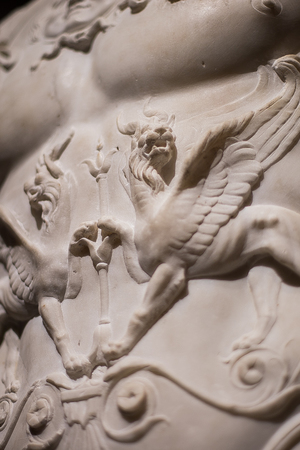 Mark Golconius Rufus of Pompeii. National Archaeological Museum of Naples, Inv. no. 6233. First half of the 1st century.
Mark Golconius Rufus of Pompeii. National Archaeological Museum of Naples, Inv. no. 6233. First half of the 1st century. Mark Golconius Rufus of Pompeii. National Archaeological Museum of Naples, Inv. no. 6233. First half of the 1st century.
Mark Golconius Rufus of Pompeii. National Archaeological Museum of Naples, Inv. no. 6233. First half of the 1st century.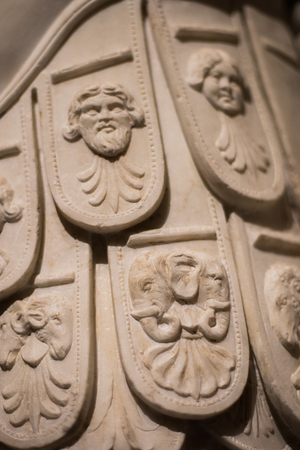 Mark Golconius Rufus of Pompeii. National Archaeological Museum of Naples, Inv. no. 6233. First half of the 1st century.
Mark Golconius Rufus of Pompeii. National Archaeological Museum of Naples, Inv. no. 6233. First half of the 1st century.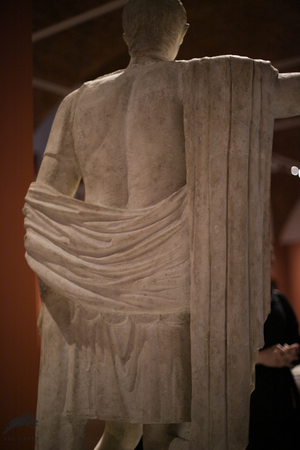 Mark Golconius Rufus of Pompeii. National Archaeological Museum of Naples, Inv. no. 6233. First half of the 1st century.
Mark Golconius Rufus of Pompeii. National Archaeological Museum of Naples, Inv. no. 6233. First half of the 1st century.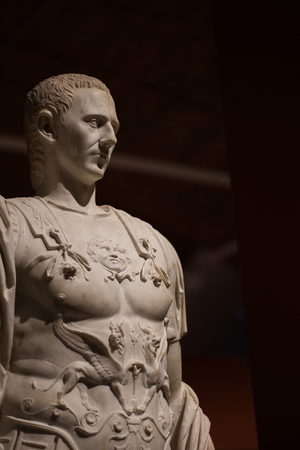 Mark Golconius Rufus of Pompeii. National Archaeological Museum of Naples, Inv. no. 6233. First half of the 1st century.
Mark Golconius Rufus of Pompeii. National Archaeological Museum of Naples, Inv. no. 6233. First half of the 1st century.